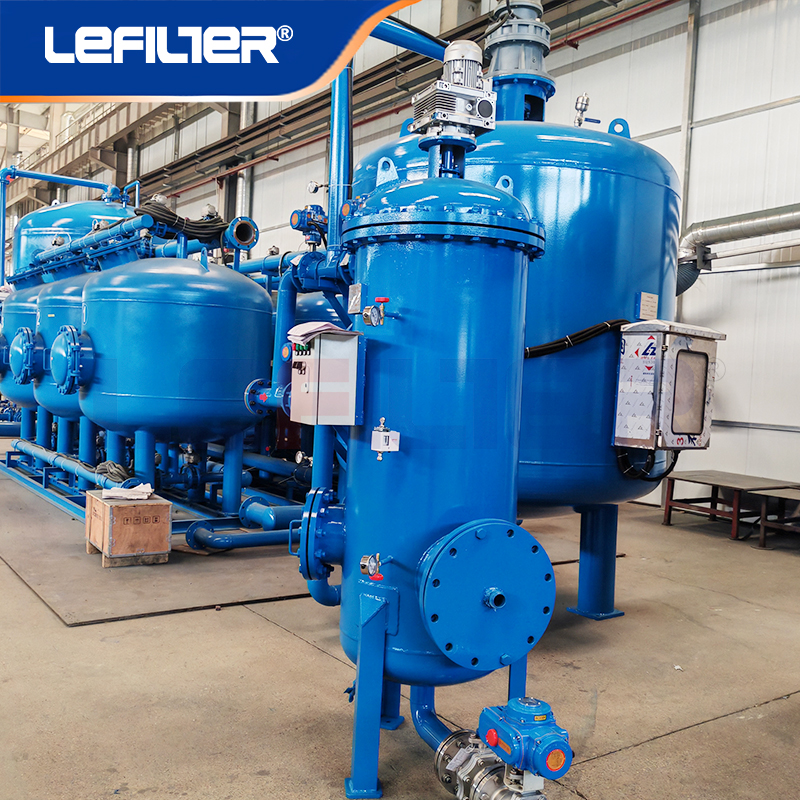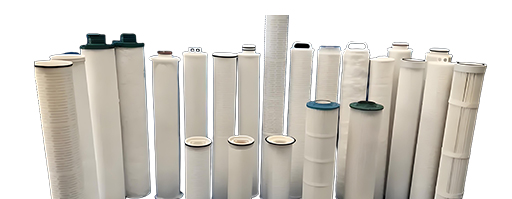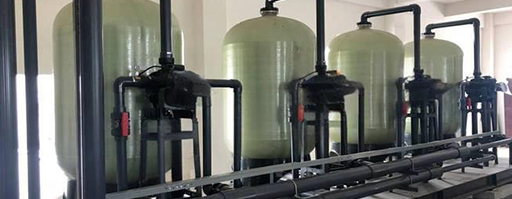Introduction
How Our System Outperforms
1. Advanced Multi-Stage Filtration
Proprietary layered media configuration (0.3-1.5mm graded silica)
Vortex-assisted particle separation technology
Precision-engineered underdrain system for optimal flow distribution
2. Smart Operation Features
AI-powered backwash optimization
Real-time turbidity monitoring
Remote performance diagnostics
Predictive maintenance alerts
Solutions
1. For Municipal Water Treatment:
NSF 61 certified configurations
High-capacity parallel systems (up to 2000 m³/day)
SCADA integration capabilities
2. For Food & Beverage Production:
FDA-compliant materials
Hygienic quick-release design
Validatable cleaning protocols
3. For Industrial Process Water:
Chemical-resistant construction
High-temperature options (up to 90°C)
Explosion-proof configurations
Why Choose Us
1. Engineering Advantages:
Computational fluid dynamics optimized design
BIM-compatible 3D models
Full hydraulic performance modeling
2. Operational Benefits:
40% lower energy consumption
Condition-based maintenance system
Automated performance reporting
3. Commercial Value:
30% lower lifecycle costs
Fast ROI (typically 12-18 months)
Global technical support network
Proven Success Stories
1. Case Study 1: Beverage Manufacturer
Achieved 99.97% filtration efficiency
Reduced water waste by 1.2 million gallons annually
Lowered energy costs by 35%
2. Case Study 2: Municipal Plant Upgrade
Handled peak demand of 800 m³/h
Extended media life to 8 years
Reduced maintenance by 60%
Our Quality Assurance Process
Every system undergoes:
✓ 500-hour endurance testing
✓ Computational fluid dynamics verification
✓ Factory acceptance performance trials
✓ ISO-certified final inspection
Product Range

Utilizing AI-powered monitoring and precision backflush technology, our self-cleaning filter delivers unmatched efficiency for critical applications in power plants, oil refineries and semiconductor manufacturing. The stainless steel construction withstands extreme pressures while smart sensors optimize cleaning cycles, reducing water waste by up to 30% compared to conventional systems.














